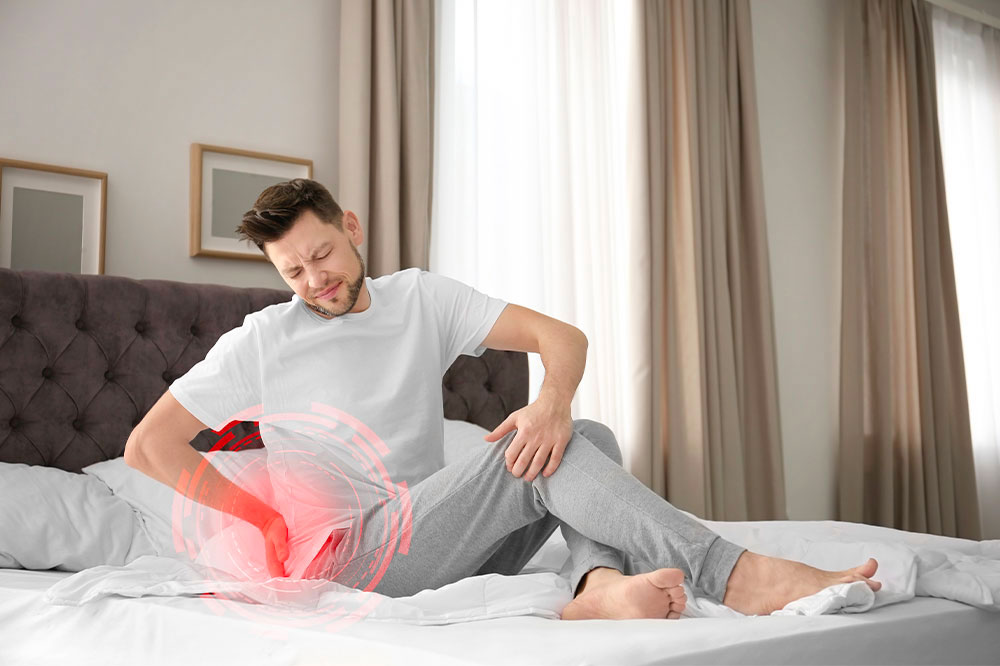10 side effects of using a poor quality mattress

Having a proper mattress is an extremely important part of getting a good night’s sleep. Not investing in one can lead to several health issues along the road, making you feel unrested and resulting in chronic aches. In case you have not read about the consequences of using a poor-quality mattress regularly, here are a couple of side effects of sleeping on a bad mattress that may affect your physical and mental health.
10 side effects of using a poor quality mattress
Premature aging
A bad mattress leads to poor REM sleep, which affects your skin terribly. It results in dark circles, puffiness around the eyes, and dull skin.
Memory issues
The brain needs adequate rest after a full day of work. Sleep is an important aspect of rest and recovery, which helps in keeping the brain sharp and focused.
Chronic drowsiness
A lack of sleep leads to a tired mind and body. A good mattress will rectify this problem immediately. Waking up fresh and well-rested helps one stay active and not feel drowsy throughout the day.
Back pain
A lousy mattress interferes with the sleep cycle and creates severe physical problems. Back pain can lead to several complications, deterring you from having an active lifestyle.
Lung and throat irritation
This may be surprising, but all old mattresses have dust mites. You must get the mattress thoroughly cleaned, and even dry clean once every couple of months.
Weight gain
Due to the lack of sleep, you may start feeling lethargic or drowsy. This lethargy often leads to decreased activity and an increase in food intake.
Heart conditions
According to research, individuals who do not get enough REM sleep are more likely to get a heart attack than those who are well-rested at night.
Weak immune system
Lack of sleep is also responsible for minor illnesses like common colds and headaches, among others. A weakened immune system is developed when you do not get enough rest.
Reduced libido
Lack of rest and sleep is also reflected in decreased libido, especially in men. Studies suggest that testosterone levels drop with disturbed sleep quality.
Joint soreness
Extremely firm mattresses are a huge contributor to joint pain and soreness. Soft and supportive mattresses are better for those dealing with joint soreness.


